Witchcraft and Paganism are enjoying a renaissance right now, with countless spiritual seekers learning all they can about earth-based practices and ancient gods. With all the new titles coming out every year, though, it can be hard for newcomers to figure out where to start learning about witchcraft, paganism, and Wicca. Don’t worry! Here are TK of our favorite books to get you started.
Like this list? You can also check out our lists of best tarot books and best astrology books!
Drawing Down the Moon by Margot Adler
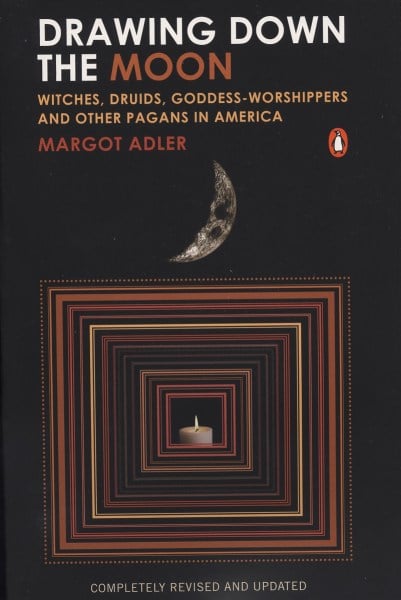
Who, exactly, are pagans? And why do so many Americans like magic? Before the current landscape of pagan and witchy books came about to answer these questions, there was 1979’s Drawing Down the Moon.
Journalist Margot Adler’s exploration of American neopaganism, witchcraft, and occult theism explored Wiccan history in detail and documented its rise in the U.S. For many pagans and witches, this was their true first foray into the world of paganism, complete with an unprecedented inside look into the everyday lives of America’s eclectic mix of magical practitioners. The book’s latest edition was published in 2006, eight years before Adler’s death, and remains a fantastic time capsule for the then-burgeoning rise of online paganism.
The Complete Book of Incense, Oils and Brews by Scott Cunningham
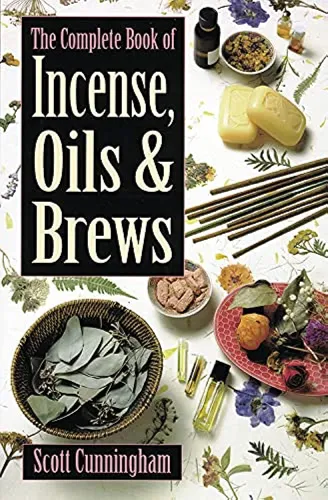
The Complete Book of Incense, Oils and Brews by Scott Cunningham is a fantastic resource for anyone who likes building things on their own. Cunningham is probably the most well-known Wiccan author, but this book can be used even if you don’t follow the Wiccan path. The text is straightforward and informative about what you can use for different magical purposes and how to use them. Some herbs shouldn’t be ingested, while others shouldn’t be used as incense. As they published this book before we were as conscientious about where our herbs came from. Just be mindful of where you get your supplies.
Gods and Goddesses of Ireland: A Guide to Irish Deities by Morgan Daimler
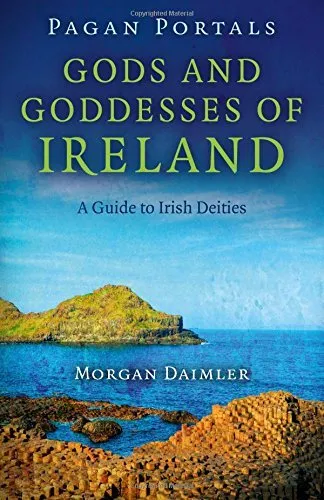
Part of the Pagan Portals series, Morgan Daimler’s Gods and Goddesses of Ireland: A Guide to Irish Deities is our go-to recommendation for anyone wanting to learn more about the Irish pantheon. Clear, concise, and above all else properly cited (a real problem when it comes to non-academic books about Ireland specifically), Daimler’s book provides an accurate (no “ancient potato goddesses” here) run down of the key information about the Irish gods—with several follow on books going into more detail about particularly important figures like Brigid and The Morrigan. Someone who does their own translations from Old Irish, Daimler’s research is at an academic standard, made accessible in terms of price, language and availability, and is a great place to start your journey with Irish polytheism.
Mexican Sorcery: A Practical Guide to Brujeria De Rancho by Laura Davila
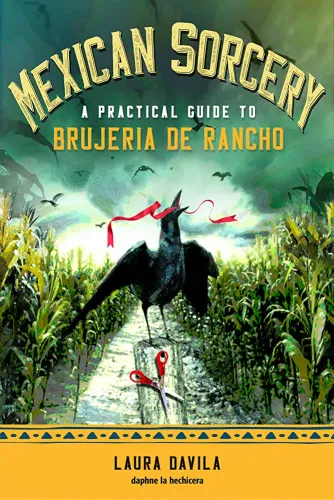
Whether you’re Mexican and looking to practice Brujeria, or non-Mexican and hoping to broaden your understanding of global witchcraft traditions, Mexican Sorcery is a must-read. Davila draws from her knowledge as a fifth-generation Mexican witch to present a clear rundown of the theory and practice of Hechicería. The book also looks at folk magic through a liberatory, anti-oppression lens.
Orishas, Goddesses, and Voodoo Queens: The Divine Feminine in the African Religious Traditions by Lilith Dorsey
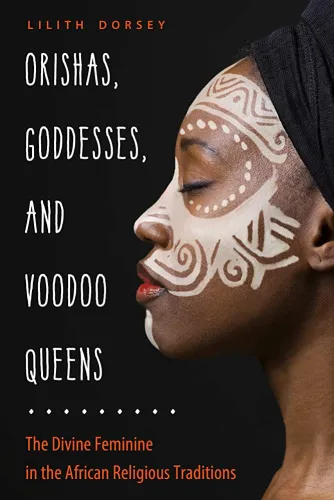
With her thirty-year history as a priestess and professional psychic, Lilith Dorsey has plenty of expertise to draw on in their book Orishas, Goddesses, and Voodoo Queens: The Divine Feminine in the African Religious Traditions. This book explores Oshún, Oya, and other goddesses through devotional practices, magic, and more.
Serpent Songs: An Anthology of Traditional Craft, edited by Nicholaj De Mattos Frisvold
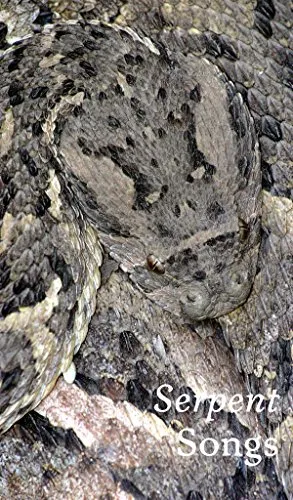
Serpent Songs is a collection of essays by witches and folk magicians all over Europe and North America. You won’t find a straightforward manual on how to become a witch in this collection, but if you want to get a sense for all the different varieties of witchcraft out there, this book is a fascinating read.
Traditional Witchcraft: A Cornish Book of Ways by Gemma Gary
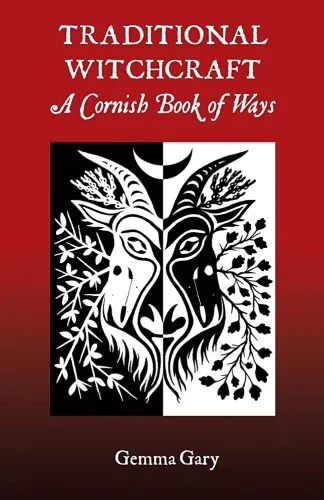
Gemma Gary, a practitioner of British Traditional Witchcraft living in Cornwall, England, is a walking treasure trove of magic and folklore. If you’re more into bones than crystals, and you’re looking for a path that’s deeply rooted in folkways and the land, then Traditional Witchcraft: A Cornish Book of Ways is a must-read.
Apocalyptic Witchcraft by Peter Grey
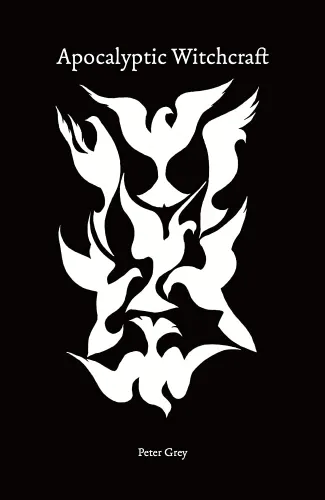
The title of Peter Grey’s Apocalyptic Witchcraft might make some people jittery, but the subject of the book isn’t witchcraft that causes the apocalypse. Rather, this book is an exploration of witchcraft that responds to the climate collapse happening all around us. Tackling subjects ranging from menstrual magic to the hacktivist collective Anonymous, Grey has written a potent manifesto for witches who want to use their spiritual path to grapple with the realities of capitalism and climate change.
Inner Witch: A Modern Guide to the Ancient Craft by Gabriela Herstik
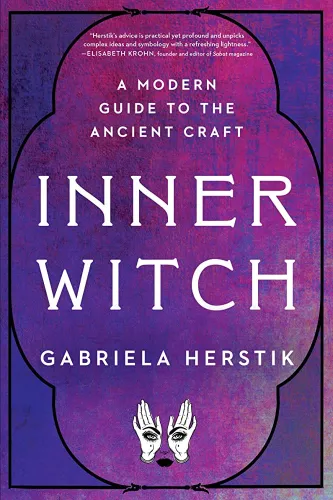
Inner Witch: A Modern Guide to the Ancient Craft by Gabriela Herstik is a fairly basic book, but we highly recommend it. It is a great read for those just starting out on the witchy path and a kind of refresher for those who have been on it for a long time. If you’re a long-time practitioner, it might seem a little below where you are at first, but it can help you get out of a spiritual slump and remind you that your path is your own. Don’t get bogged down trying to fit your ways into the shape of what others think they should be. Stick to the basics and do what feels good for you.
Everyday Magic: Spells & Rituals for Modern Living by Dorothy Morrison
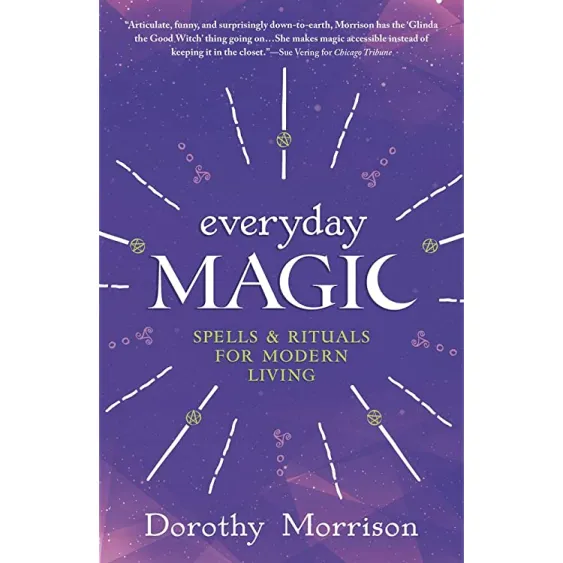
Everyday Magic: Spells & Rituals for Modern Living by Dorothy Morrison has been one of our go-to spell books for a long time. It stands apart from many others because it incorporates technology with magical workings. The spells are all laid out in simple terms. Our favorite part is the appendixes that outline stones, herbs, and gods from various pantheons under their connected magical traits. This way, you can easily build your own spells or substitute items in the pre-written spells to make them work for you. This book shows that finding the path that fits you makes your magical workings that much more meaningful and powerful.
Outside the Charmed Circle by Misha Magdalene
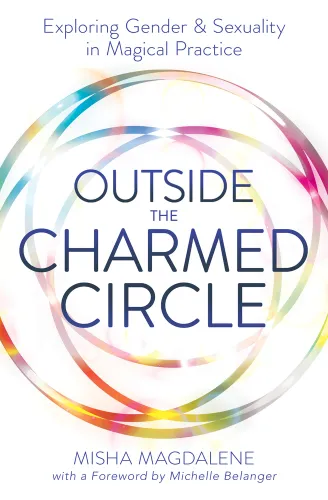
For many queer and trans people, the pagan and witchy landscape can be an unaccommodating space. Older books may take on a heteronormative tone toward divinity, and some Wiccan practices remain highly exclusionary to transfeminine pagans. Magdalene’s Outside the Charmed Circle pushes back against this bigotry and gives queer witches, pagans, and occult practitioners a manual to explore the pagan landscape on their own terms. Expect a wide assortment of topics relevant to queer and trans readers, from reinterpreting deities through a trans lens, to establishing consensual and affirming relationships with the gods you worship.
The Magical Properties of Plants by Tylluan Penry
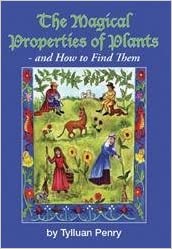
Tylluan Penry is a pagan powerhouse, and her guide to The Magical Properties of Plants is an incredibly helpful, knowledge packed manual on working with a wide range of plants. Having grown in a family that practised Welsh trad witchcraft and with a father who first taught her how to find and identify plants, Penry has been honing this set of skills and knowledge for decades. The Magical Properties of Plants is particularly useful as a practical reference book, not just because of the mixture of occult and botanical knowledge contained within it, but because its organised according to magical purpose and intention rather than species—making it a lot easier to find exactly what you’re looking for.
The Spiral Dance by Starhawk
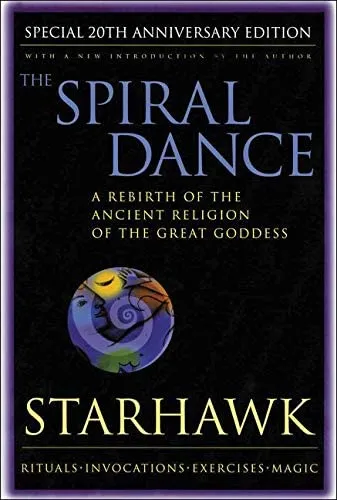
The Spiral Dance by Starhawk might be a little dated, but in terms of solid, comprehensive introductions to modern witchcraft, you can’t find many better titles. Starhawk goes into the theology and worldview of witches, practices like the Iron and Pearl Pentagrams, and more. The Spiral Dance is one of the foundational texts that newer books on witchcraft draw from, and when you read it, you’ll see why.
(featured image: Monstera, via Pexels.com)



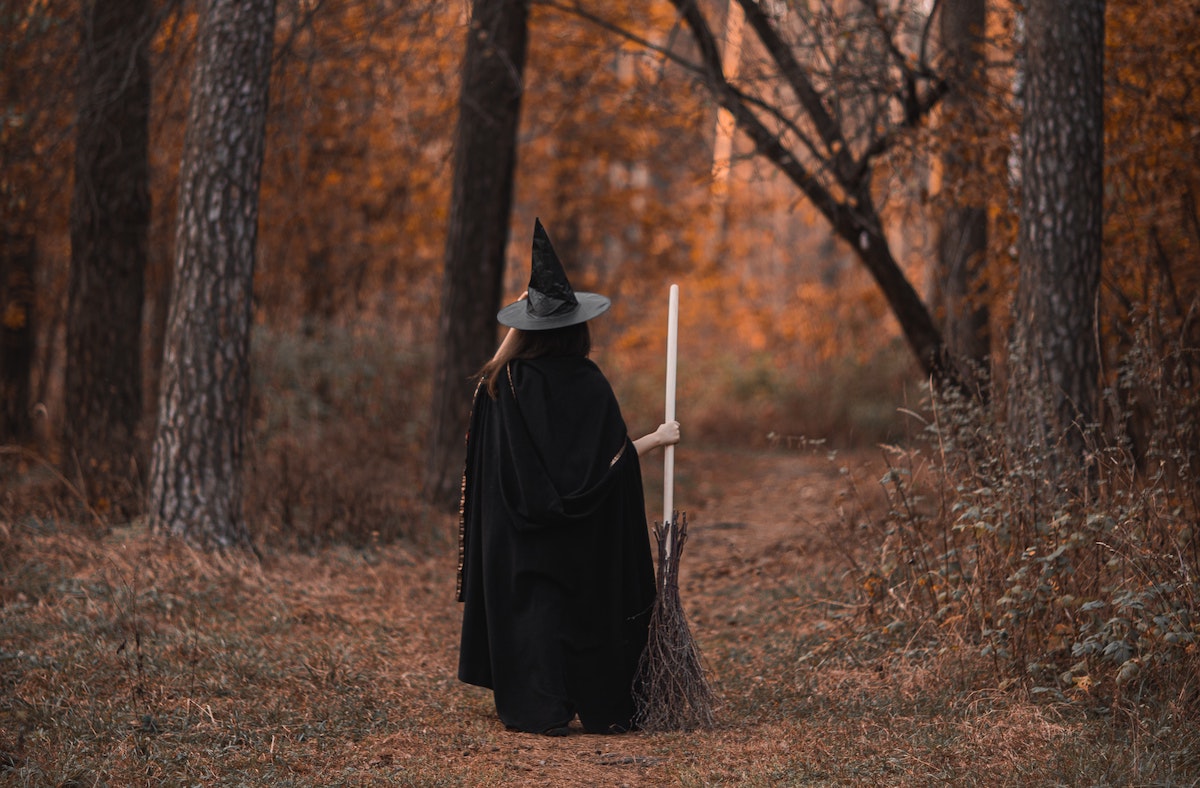







Published: May 19, 2023 06:35 pm